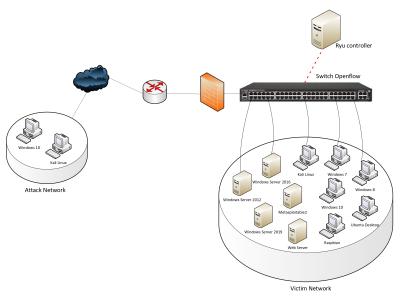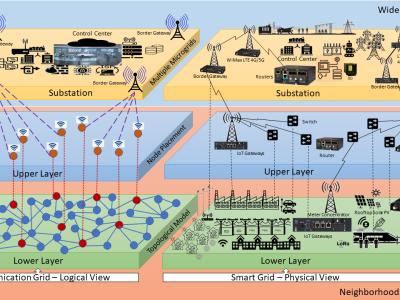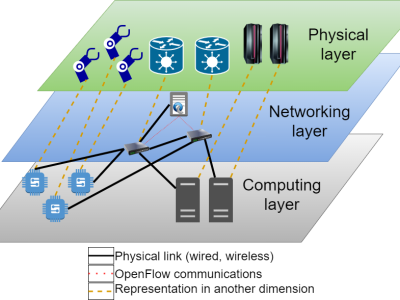
Software-defined networking (SDN) and Network Function Virtualization (NFV) have revolutionized the way networks are designed, built, and operated. This paper presents how an SDN system, Office Without a Cool Acronym (OWCA), was designed and implemented to build an enterprise network that is secure, testable, and automates all aspects of managing networking devices. OWCA requires explicit authorization before forwarding a packet from a source to a destination, ensuring that only authorized traffic is allowed on the network. It is intent-driven and modeling based.
- Categories:



